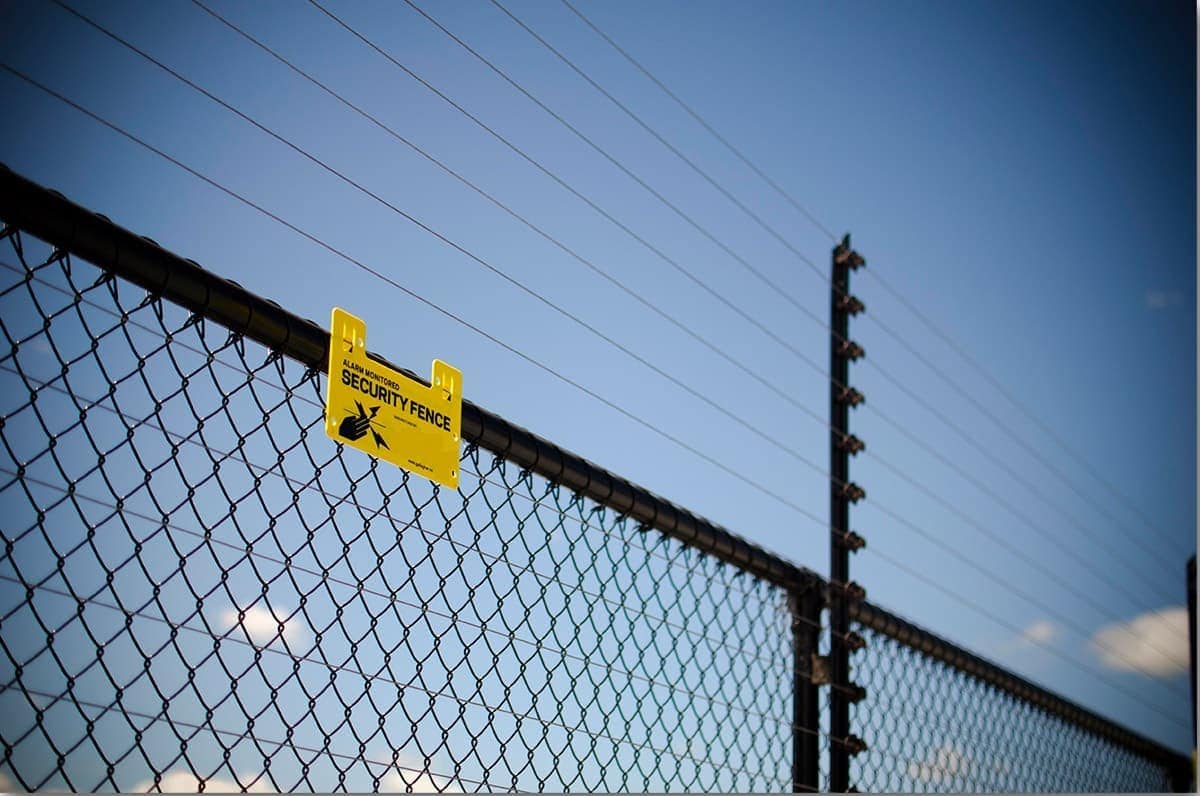
Most security systems such as security cameras and detection sensors are designed to react after an intrusion has occurred on a property. They are more of a cure than prevention. They help after the fact. To prevent intrusion, electric fencing is an effective deterrent as it acts as a physical and psychological barrier. Unless an intruder is quite determined and is equipped to bypass the electrical system, an electric fence sends a message that a property is well secured.
An electric fence can be designed to suit a specific property. An installation consultant will inspect the site and recommend an appropriate design. It can be installed on an existing fence or installed as a new fence altogether.
Electric fencing systems are an effective perimeter protection solution for homes, industrial complexes, utility properties, warehouses, and more. It is used to prevent theft, and vandalism and safeguard property and assets.
Different elements of the electric fencing system such as the height, number of wires, and distance between wires can be configured according to the level of security needed. The flexibility in configuring the system makes electric fencing one of the strongest preventive security measures and the first line of defense for your property.
Here’s how an electric fence works, high-energy pulses are sent through the wires at a set interval. Touching the live wire will deliver a sharp electric shock which will prevent an intruder from scaling the wall. While the shock is enough to prevent intrusion, it is non-lethal to humans.
Electric fencing systems also come with a controller for intrusion detection. The controller monitors the perimeter and generates an alert in case of an intrusion attempt. Any attempt to cut or short circuit a wire, an alert whether audible or silent will be sent to the monitoring station and/or a guard house and a mobile phone.
There are many reasons why you should install an electric fencing system. Here are some of the reasons:

Electric fencing systems can be customized according to your needs. Elements of an electric fencing system will vary according to the site itself. However, there are key components that will be found in all good electric fencing systems. Here are the core components:
Energizers send electric pulses of currents down the wires at about 1-second intervals. The pulsating current ensures that when the wires are touched, the person touching it has a chance to remove himself hence it is not lethal to human beings. Depending on your needs and the site itself, energizers can be hooked into an electrical circuit or could be battery-run, depending on the length and height of the fence.
The right conductor is highly essential for the effectiveness of your electric fence. The role of conducting wires is to conduct the electric current. There are different types of conductors in the market such as tapes, wires, and ropes and they differ in price and in usage.
Choosing the right conductor is important in delivering sufficient voltage to the fence for optimum security. Please consult us to find out which conductor is appropriate for your needs.
Fencing posts can be made of plastic, wood, or metal. In installing posts, regardless of the type, it is important to consider good spacing, strength, and stability of the posts for good conductivity. Insulators will be required for metal and wooden posts but not necessarily for plastic posts as they are already insulated.
Most problems with electric fences are a result of poor grounding. For a shock to be emitted, a good current flow is needed from the energizer to the point of contact and back to the earth. Improper earthing may also increase the risk of unwanted shock.
For safety, electric fences are fitted with insulators to ensure that the electricity won’t flow to the ground or any materials that conduct electricity. Insulators minimize the risk of fire ignition or short out of the fence. Usually, plastic or porcelain insulators are attached to a fencing post before the conducting material is attached.
To ensure that your electric fence continues to work properly and safely, please consult us for a maintenance check. Maintenance will include checking the voltage to see if the proper amount is being emitted at the right interval. If the voltage is not properly delivered, our staff will find the source of the problem and rectify it accordingly.
The maintenance check will also include a look at the insulators to see if they are still in place and also look at the wires if they are in good condition.
Electric fences have been in use since as early as 1905 when the Russian army used electric fencing as a defense mechanism during their war with Japan. However, it was the German army that improvised electric fencing further and created an electric border of over 200 km between Belgium and the Netherlands. The fence was so lethal that it was called “The Wire of Death”.
Don’t let this story scare you from installing an electric fence, during the 1930s, non-lethal fence energizers were developed and improvements have continuously been made to ensure safe and yet effective electric fencing systems.
